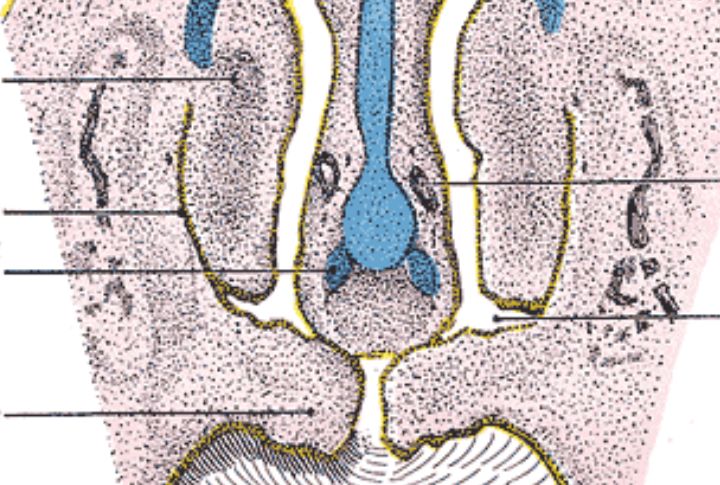15 Ways Your Dog’s Nose Shapes How They See the World

Ever noticed your dog sniffing something with an intense focus, as if they’re reading a book through their nose? That’s when their Jacobson organ, or vomeronasal organ (VNO), is in action. Let’s dive into 15 interesting facts about your pup’s anatomy and how it plays a big role in the way they perceive the world around them.
A Specialized Sniffing Tool

The Jacobson organ is a secondary olfactory system found at the base of the nasal cavity. Unlike the main olfactory system, which detects general odors, this organ is specialized in picking up pheromones—chemical signals that carry messages about mood, reproductive status, and more.
A Unique Discovery

The organ is named after Danish anatomist Ludvig Jacobson, who described it in detail in 1811. However, it was first identified by Dutch anatomist Frederik Ruysch in 1732, making it a significant anatomical discovery in the study of olfaction.
An Ancient Feature

This organ isn’t exclusive to dogs; it’s found in many animals, including reptiles and amphibians. In fact, it’s considered an ancient evolutionary feature that plays a critical role in communication within species. However, it’s largely obsolete in humans, meaning it no longer serves its original function.
Key to Social Interaction

Dogs rely heavily on the Jacobson organ to gather information about other animals, including other dogs. When they sniff each other’s faces or private areas, they’re collecting data on each other’s health, reproductivity, and even emotional state through pheromones.
Part of the Flehmen Response

Have you ever seen your dog curl back their lips in a funny way while sniffing something? That’s called the Flehmen response, a behavior that allows more pheromones to reach the Jacobson organ. This response is especially common when dogs encounter scents from other animals.
Critical for Maternal Bonding

The Jacobson organ plays a crucial role in bonding between mother dogs and their puppies. Pheromones produced by the mother help the puppies recognize her and vice versa, ensuring the pups stay close and are nurtured properly.
Helps Detect Prey

In addition to social signals, the Jacobson organ helps dogs detect potential prey. The organ can pick up on subtle chemical cues in the environment, which can alert dogs to the presence of small animals like rodents, even if they’re hidden from sight.
Not Just About Smell

While closely related to the sense of smell, the Jacobson organ functions differently. It detects non-volatile chemicals that don’t travel through the air in the same way that typical odors do. This means dogs can pick up on signals that humans are completely oblivious to.
Linked to the Brain’s Emotional Centers

The vomeronasal organ is directly connected to parts of the brain that govern emotional responses, such as the amygdala and hypothalamus. This connection means that the chemical signals detected by the organ can influence a dog’s behavior, such as triggering aggression or attraction.
Helps with Reproductive Behaviors

The Jacobson organ is vital in guiding reproductive behaviors in dogs. Male dogs, for instance, use it to detect the pheromones of a female in heat, which triggers mating behaviors. Without this organ, dogs would struggle to find mates as efficiently.
How Is It Activated?

One way dogs enhance their detection of pheromones is by licking surfaces or objects. The licking helps dissolve chemicals into a form that the Jacobson organ can better detect, making the information it gathers even more precise. Curling their lips and drawing in the air also helps in this process.
Size and Structure

This organ is a paired structure, meaning there are two organs—one on each side of the nasal cavity. It is encapsulated in a cartilaginous capsule, which protects its delicate tissues. It can vary among different dog breeds, but it typically measures a few centimeters in length.
Puppies Use It Early On

Puppies are born with a functional Jacobson organ, and they start using it almost immediately. This organ helps them locate their mother’s milk by detecting specific pheromones that guide them to her nipples, ensuring they latch-on properly.
Sensitive to Hormonal Changes

The Jacobson organ is particularly sensitive to changes in hormone levels. For example, it can detect shifts in a dog’s hormonal state that occur during stress or excitement, providing other dogs with cues about how they’re feeling.
Not Fully Understood by Science

Despite its importance, scientists still do not fully understand the Jacobson organ. Research is ongoing to uncover more about how it works and how it influences behavior, especially in domesticated animals like dogs.





